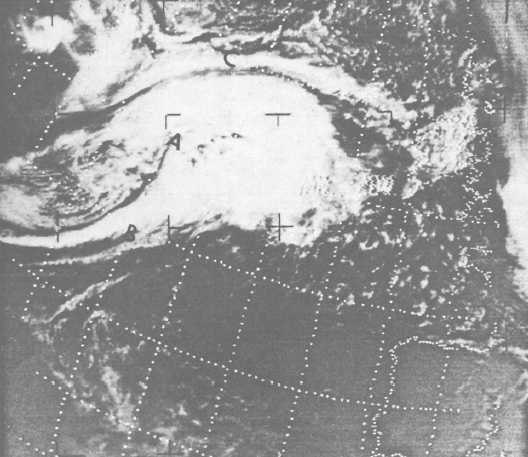mass, and generally accompanied by cooling in the
stratosphere. This is analogous to the deepening of
lows where the decrease in mass, generally
accompanied by warming at high levels,
overcompensates the cooling in the troposphere.
The evidence, therefore, indicates that high-
level changes, undoubtedly due to dynamic
mechanisms in the upper troposphere, are largely
responsible for deepening and filling of surface
pressure systems. This fact is of considerable
prognostic value if the dynamic processes that
induce these mass and density changes can be
detected on the working charts.
Rules for Forecasting the Intensity of Highs
The following rules are for forecasting the
intensity of surface highs:
Intensification of surface highs is indicated,
and should be forecasted, when cold air advection
is occurring in the stratum between 1,000 hPa and
500 hPa when either no height change is
occurring or forecasted at 500 hPa, when
convergence is indicated at and above 500 hPa or
both, and when the cold advection is increasing
rapidly. A high also intensifies when the 3-hour
pressure tendency rises are occurring near the
center, and in the rear quadrants of the high.
When a moving surface high that is not subjected
to heating from below is associated with a well-
defined upper ridge, the change in intensity is
largely governed by changes in intensity of the
upper-level ridge.
Weakening of surface highs is indicated and
should be forecasted when the cold air advection is
decreasing, or is replaced by warm air advection in
the lower tropospheric stratum, with either no
height change at 500 hPa or when divergence is
occurring or forecasted at and above 500 hPa, or
when both are occurring at the same time.
When warm air and low tropospheric
advection is coupled with convergence aloft, or
when cold air and low tropospheric advection is
coupled with divergence aloft, the contribution
of
either
maybe
canceled
by
the
Figure 3-10.—Visual, local noon, first day.
3-14


